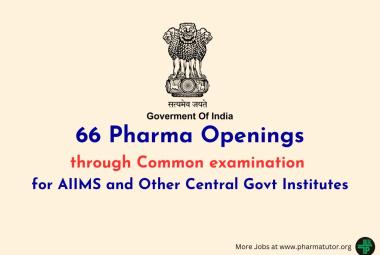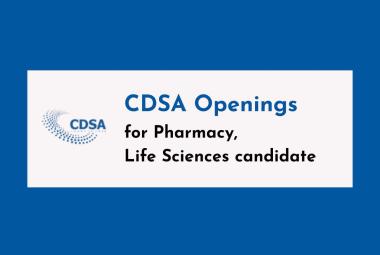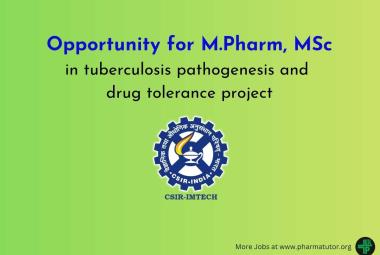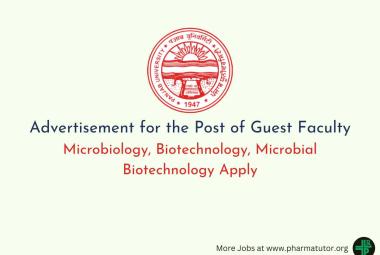ADMISSION NOTICE: Applications invited for admission in M.Pharm at Uttarakhand Technical University
 Uttarakhand Technical University, a state government university, Dehradun was established on 27th January 2005 by Govt. of Uttarakhand through the Uttarakhand Technical University Act 2005. The University is the only affiliating University of the state for various private and Govt. institutions. The M.Pharm programme was started in the year 2009. The faculty of pharmacy of the university invites applications for Regular-AICTE approved M.Pharm programme.
Uttarakhand Technical University, a state government university, Dehradun was established on 27th January 2005 by Govt. of Uttarakhand through the Uttarakhand Technical University Act 2005. The University is the only affiliating University of the state for various private and Govt. institutions. The M.Pharm programme was started in the year 2009. The faculty of pharmacy of the university invites applications for Regular-AICTE approved M.Pharm programme.









